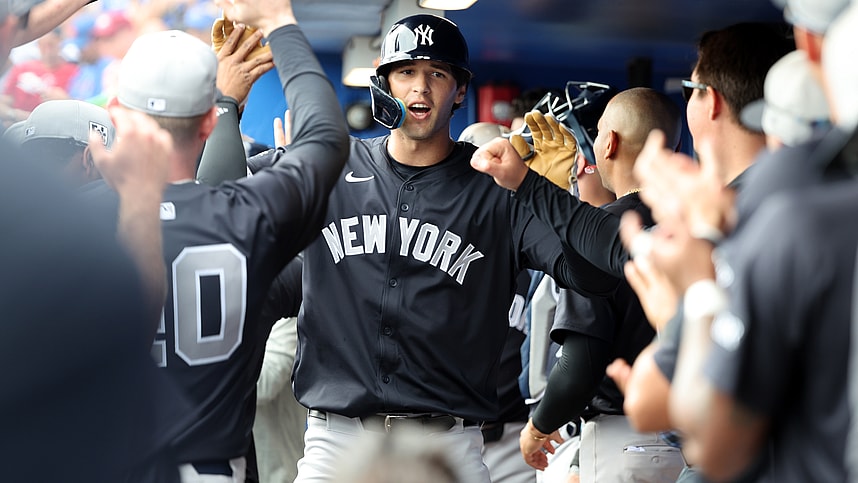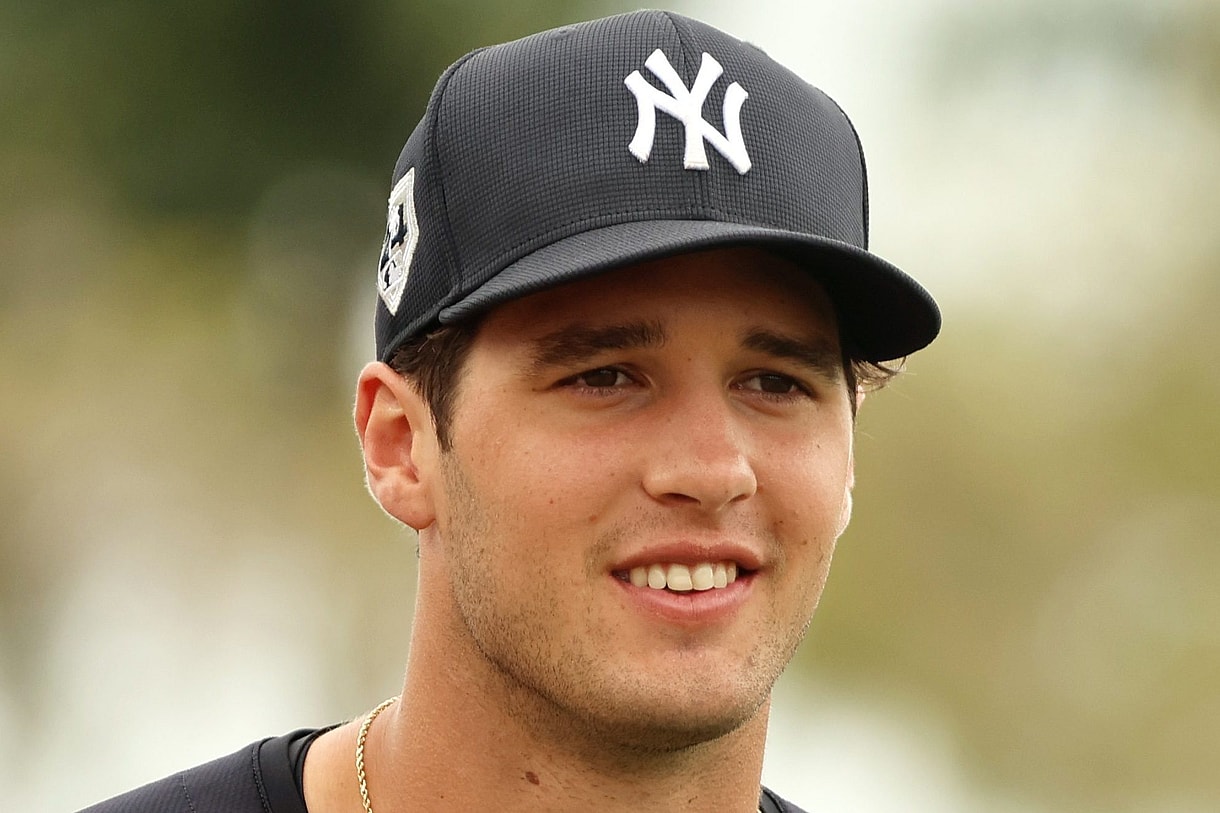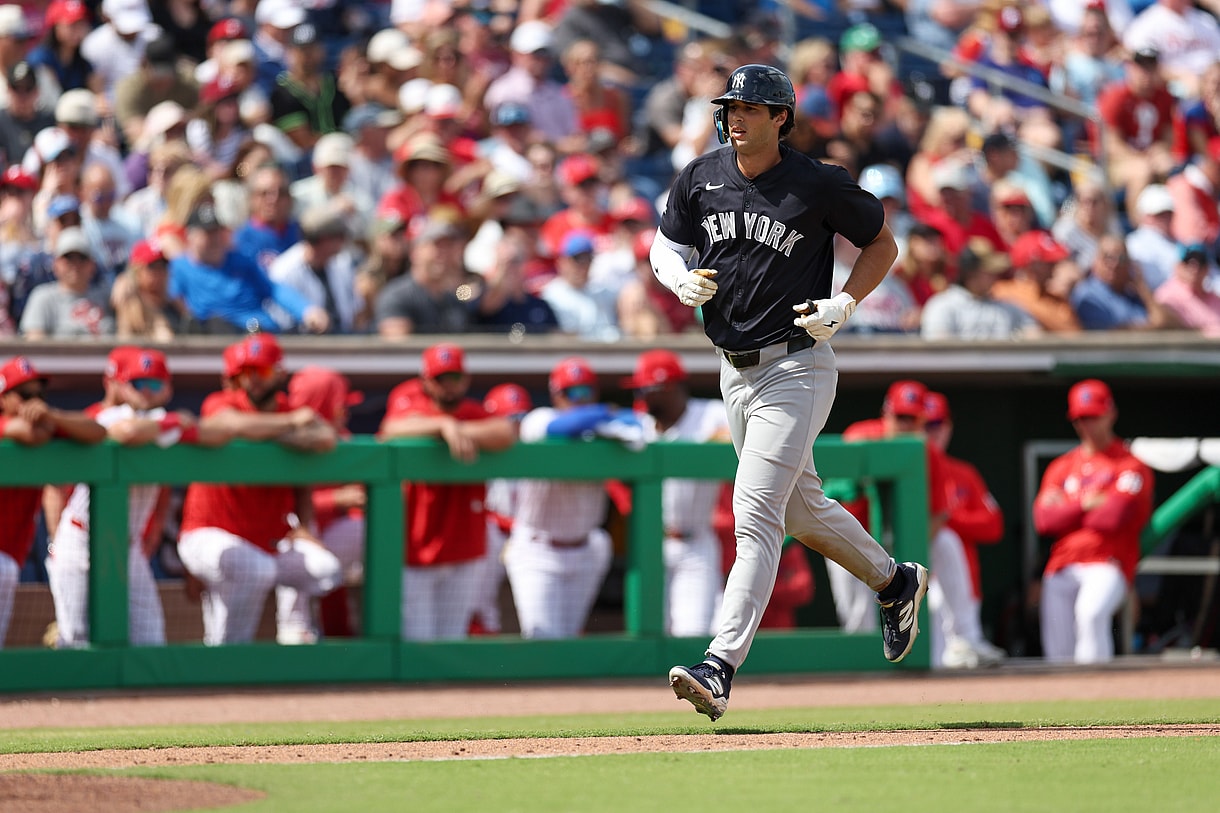
The New York Yankees don’t have another prospect quite like Spencer Jones. At 6-foot-6, he’s an imposing figure with some of the most electric bat speed in the minors. When he connects, the ball doesn’t just leave the bat—it explodes off it.
But with that raw power comes a couple of glaring weaknesses: a high strikeout rate and a tendency to keep the ball on the ground more than ideal.
A Glimpse of Greatness, but with Caveats
Despite striking out nearly 37 percent of the time last season in Double-A, Jones still managed to post a 124 wRC+, launch 17 home runs, and swipe 25 bases. His spring training performance only added to the hype. He went yard three times and racked up a jaw-dropping 133 wRC+ against major-league pitching.

But even amidst the fireworks, one issue remained front and center—he struck out at an even higher clip, a staggering 44.4 percent.
Why the Yankees Are Holding Him Back
Given those numbers, it would have been bold—maybe even reckless—to send him straight to Triple-A to start the 2025 season. Yankees insider Gary Phillips confirmed what many suspected when he revealed the Scranton Wilkes-Barre RailRiders’ roster, and Jones’ name was nowhere to be found.
Instead, the organization is keeping him in Double-A Somerset, a decision that signals caution rather than impatience.
The Yankees’ logic is simple: dominating spring training in bursts isn’t the same as handling advanced pitching every day. They want to see real, sustainable progress in his approach at the plate before exposing him to even tougher competition.

The Tools Are There, but Refinement Is Needed
Jones is more than just a big bat. He can play center field, possesses incredible raw power, has a keen eye at the plate, and runs surprisingly well for a player of his size. His long strides eat up ground, making him an asset both on the bases and in the outfield.
But none of that will matter if he can’t cut down the strikeouts and get more lift on the ball.
Until he proves he can do that consistently, the Yankees are content to let him develop at a level where he still has things to learn. They aren’t going to rush him, and they certainly aren’t going to promote him just for the sake of doing it.
For now, the waiting game continues, but if he starts making contact more often, Scranton—and eventually, the Bronx—might not be too far away.
More about: New York Yankees